Cannabis has recently experienced a surge in popularity, with more states legalizing its medicinal and recreational use. One factor driving this trend is the increasing availability of products that offer a smoother, more discreet way to consume cannabis.
Vaping, or vaporizing with a vaporizer, is one such method that has become increasingly popular. Unlike traditional smoking, vaporizing heats the cannabis just enough to release its cannabinoids without burning plant material, resulting in less lung irritation and a more potent effect. In addition, vaporizers in sleek designs make it easy for users to consume cannabis discreetly and on the go.
As acceptance of cannabis continues to grow, vaporizers are likely to remain a favored method of consumption for many users. Similarly, as cannabis legalization spreads, more and more people are looking to get involved in the industry.
Whether you’re a grower looking to go organic, or someone just curious about sustainable cannabis cultivation, this post is for you! Here are five tips for growing weed sustainably. Enjoy!
1. Use LED grow lights.
LED grow lights are a sustainable option for cannabis cultivation. Unlike traditional lighting options, LED lights do not emit as much heat, which reduces energy expenditure on cooling systems. In addition, LED lights have customizable spectrums and can be fine-tuned to provide the specific light wavelengths that plants need for maximum growth. This eliminates the need for excess lighting and results in more efficient energy use.
LED lights also have a longer lifespan than other grow lights, meaning they do not have to be replaced as often, resulting in less waste. Overall, LED lights provide an environmentally conscious choice for cannabis growers.
2. Use organic soil.
For many cannabis enthusiasts and growers, organic soil is the preferred method for cultivating and growing crops. Not only does organic soil create a healthier plant, but it also helps to support sustainable agriculture.
Chemical fertilizers used in traditional growing practices can harm soil health and deplete nutrients over time. On the other hand, organic soil relies on natural fertilizers such as compost or manure to enrich the soil and encourage plant growth. This supports a healthy ecosystem for plants and reduces harmful chemical runoff into nearby waterways.
In addition, organic soils often have a higher concentration of beneficial microorganisms, which can increase plant resilience and improve overall yields. Choosing organic soil is not only better for the environment, but it also results in a superior product for consumers. Whether you’re growing cannabis for personal use or commercial sale, organic soil is the clear choice for sustainable cultivation.
3. Use organic pesticides.
Organic pesticides offer a sustainable way to grow cannabis, as they do not harm the environment or impact human health. These natural substances, derived from plants and animals, break down easily in the environment and do not leave behind toxic residues.
In contrast, conventional chemical pesticides can remain on plant surfaces and in soil for extended periods, potentially causing negative impacts on biodiversity and contaminating drinking water sources.
Additionally, organic pesticides have been proven effective at controlling pests and reducing crop loss without sacrificing plant quality or yield. By using organic pesticides, cannabis growers can not only protect their crops but also promote environmental health. Ultimately, organic pest management is a win-win situation for farmers and the planet.
4. Ventilation is key.
Without proper ventilation, mold and mildew can thrive in moist conditions and potentially ruin your crop. In addition, ventilation helps to regulate temperature and humidity levels, creating a more comfortable growing environment for plants.
By investing in a ventilation system, not only will you improve the quality of your crop, but you’ll also save money on energy costs as ventilation helps to reduce the need for artificial temperature control. So don’t overlook ventilation when creating your sustainable cannabis grow – it’s just as important as water, nutrients, and light.
5. Keep an eye on your water usage.
By monitoring water usage during the growth cycle, you can develop more sustainable practices as a grower. Not only will this help conserve water, but it can also improve your plants’ overall health and quality. Keeping an eye on water usage means identifying areas where water may be wasted or overlooked, such as leaks in irrigation systems or overwatering in certain areas of the grow space.
By implementing more efficient watering methods and adjusting watering schedules based on plant needs, you can improve your crop yield and reduce your environmental impact. So, not only is it important for growers to monitor water usage for their benefit, but it’s also essential for creating a more sustainable future for cannabis cultivation and beyond.

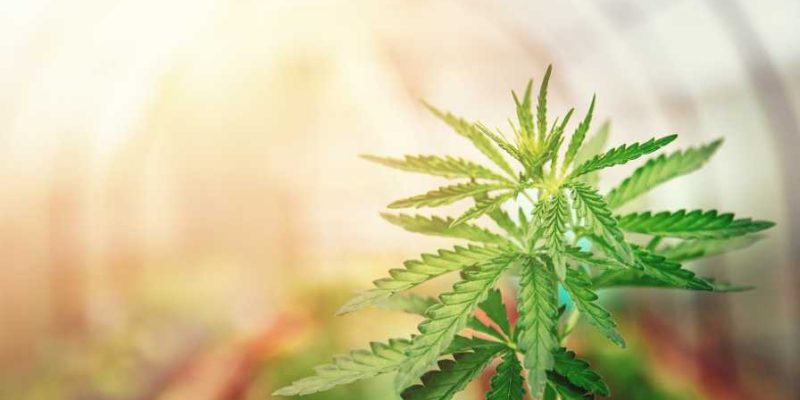
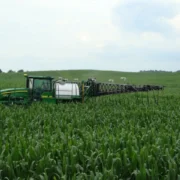
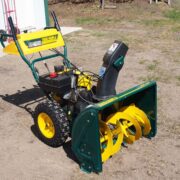

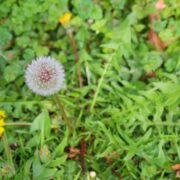
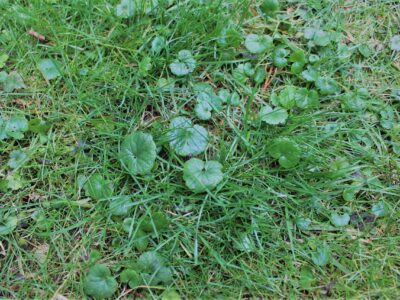

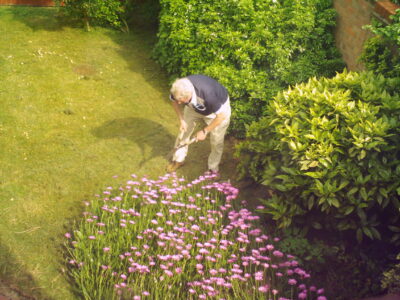
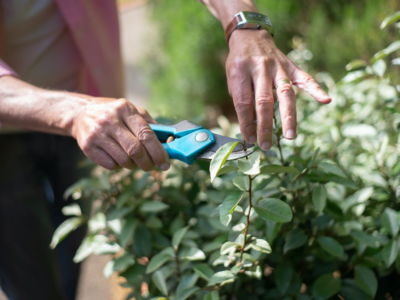
Comments